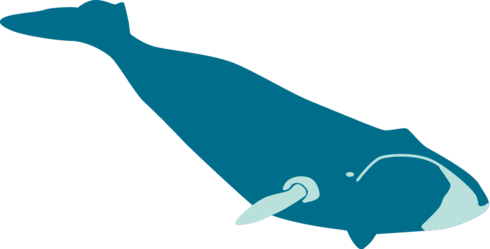Natural sounds—and the animals that rely upon them—are in danger of being overwhelmed by an increasingly loud and man-made racket.
These Arctic Council's findings are a wakeup call to countries and the shipping industry to turn down the volume of industrial noise in the Arctic, it cannot be left unchecked.
But something can be done. Shipping operators can immediately make a positive impact by slowing down and directing travel routes away from key habitats, Indigenous-use areas, and protected areas. Slowing ships down by just 10% can reduce noise pollution by as much as 40% in some cases.
Arctic nations—including Canada, the Kingdom of Denmark, Finland, Iceland, Norway, the Russian Federation, Sweden and the United States— must acknowledge the global impacts of underwater noise and take action to keep noises at safe levels by pushing for quiet vessel designs, slower ship speeds, and changes in global regulated shipping routes. These eight nations can stop the spread of underwater noise and gain a better understanding of its impacts on marine biodiversity and coastal and Indigenous communities, whose cultures and livelihoods depend upon a healthy marine environment.
Learn more about WWF’s plan for safe and smart shipping through Russia and Alaska’s Bering Strait.





